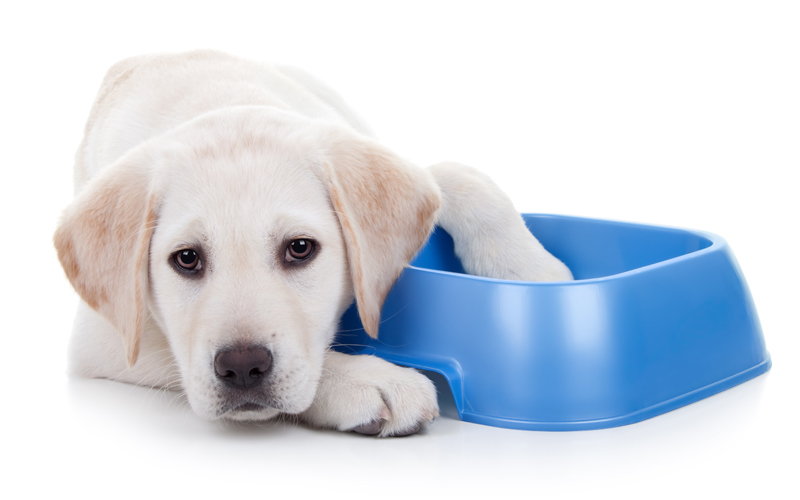
All natural, holistic, organic, limited ingredient, grain free, potato free, dry kibble, wet, raw, freeze dried…what does it all mean? Shopping for your pet’s food is not an easy task. What does your dog or cat really need?
DOGS
Dogs have derived from wolves. But it is important to keep in mind, that they are not wolves, they are domesticated canines that have adapted over time. Although they are carnivorous animals, their digestive systems are capable of eating grasses, berries, and vegetables. Proportion is key. The majority of a dog’s diet should be made up of proteins, followed by fats, and lastly, carbohydrates. Unfortunately, most commercial dry dog foods lean the other way, with carbohydrates being most prominent.
CATS
Cats are also carnivorous. Their ancestors would have relied on small prey to meet their nutritional needs as well as much of their need for hydration. Cats do not need carbohydrates, and their primary source of protein should be from animal. Much like commercial dry dog foods, cat food is also too high in carbohydrates and not high enough in fat, protein, and water.
Raw: Typically consists of raw meat with a combination of vegetables and berries for dogs. For cats, it is almost exclusively meat. Both should have good fats, vitamins, and minerals for a complete nutritional diet.
Pros: good source of nutrients, option to purchase premade frozen meals or prepare a homemade version
Cons: homemade raw food may be time consuming, can be expensive, difficult to bring when traveling for extended periods of time
Freeze-Dried: It contains the same nutritional value as raw food. The process of freeze drying takes the moisture out of the food without depleting the food of its nutrients.
Pros: good source of nutrients, purchase and just add water (no prep work), easy to bring along when traveling
Cons: typically the most expensive option
Dry Kibble: It is dehydrated at high heats, which takes the moisture out of the food and creates a loss of nutrients.
Pros: purchase (no prep work at all), easy to pack for travels, most inexpensive
Cons: does not provide optimal nutrients, most are high in carbohydrates and low in proteins and fats
Knowing your pet’s natural diet is the first stepping stone in knowing how to best feed your pet. To find out if your pet’s food balances well with his/her body, send a small sample in with your furry friend’s next PetMedella scan! For more information contact us as 612-812-9121.
